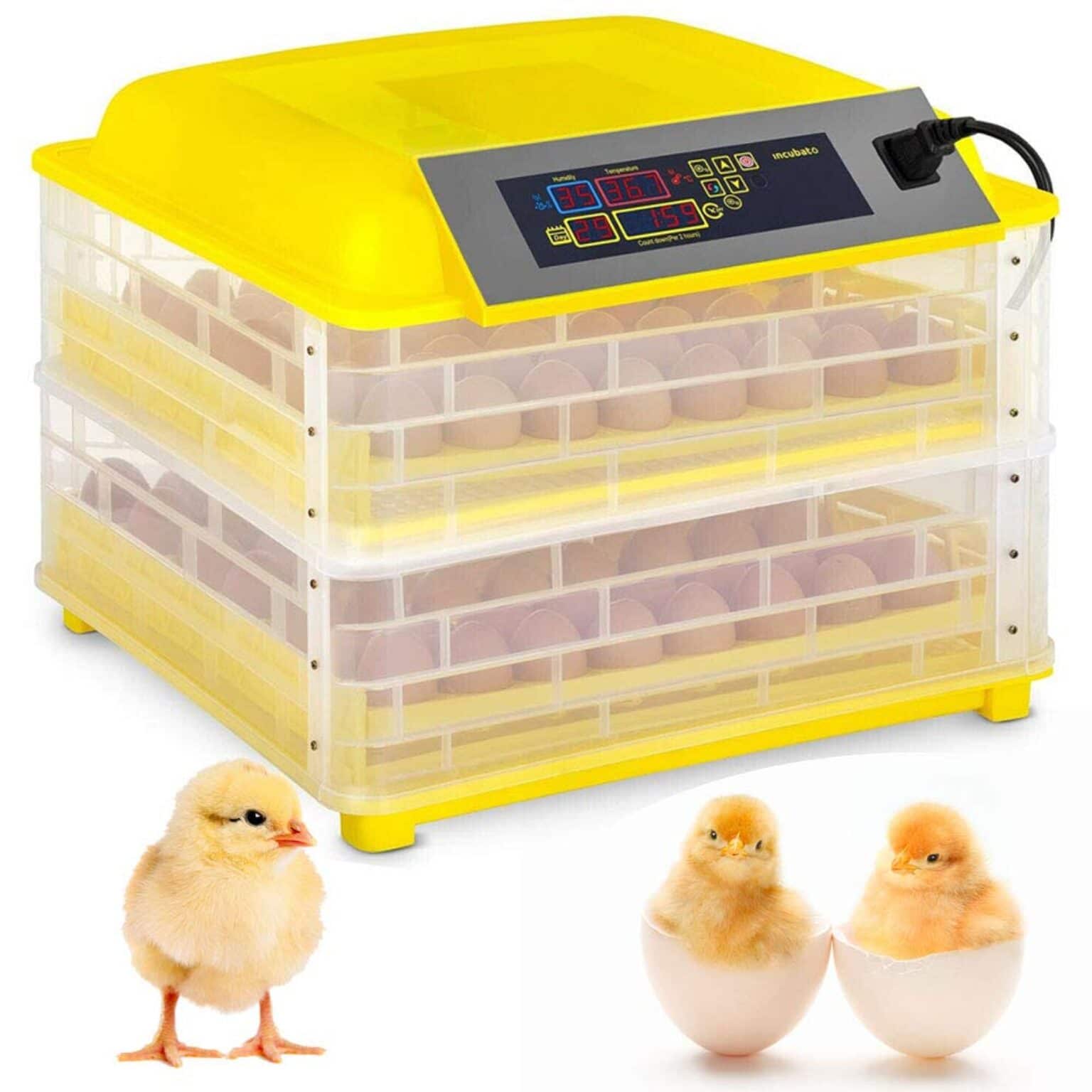

They either won’t hatch at all, or they will hatch but into weak animals that will struggle to survive. If it’s been longer than 23 days, remove the eggs. Chicken eggs take 21 to 23 days to hatch once put in an incubator. How long does it take to hatch a chicken?Ī. Use caution, as temperatures above 102 degrees will kill the embryos. For example, if you’re hatching chicken eggs, the temperature should be 98 degrees for a forced-air incubator and 101 degrees for a still-air incubator. That depends on what kind of eggs you’re trying to hatch and what type of incubator you have. Egg incubator FAQ What temperature should my incubator be?Ī. Large capacity noncommercial incubators can hit $200, while commercial-grade models can reach or exceed $2,000. Basic small-batch incubators typically cost $40 or less, while higher capacity and more feature-rich models cost up to $100. How much you can expect to spend on an egg incubatorĮgg incubators can cost $20-$2,000. The best egg incubators can be taken completely apart so each piece can be rigorously cleaned in preparation for the next batch. Anything unhealthy inside a batch of eggs can make its way into the incubator and infect the next round of eggs. Ease of cleaningĮggshells are highly porous. Thus, the best automatic turners have programs to automatically stop turning the eggs. However, eggs need not be turned during the final days of the process. Egg incubators with automatic turning remove the need to manually turn the eggs, saving effort and the risk of forgetting.

What to look for in a quality egg incubator Automatic turningĮggs need to be turned throughout the incubation process for the embryo to develop properly. However, the incubator also needs more direct oversight than one with more technology behind it. Still-air incubators are more reliable and last longer due to the lack of a fan to push the air and heat around.However, more automated processes mean an increased risk of mechanical failure. Forced-air incubators take some of the work out of incubation, especially since they’re always paired with other automatic processes.still airįorced- and still-air incubators each have pros and cons. Higher capacities cost more, however, so try to balance your needs and your budget. To put it another way, if your prospective incubator can hold 10 eggs but you only plan to hatch five, the extra empty space won’t negatively affect the eggs.

You don’t need to match your intended brood size to the capacity of the incubator so long as you have enough space.

For example, a 12-egg incubator can only hold roughly three goose eggs or up to 24 quail eggs. Most egg incubators will give a capacity estimate based on the average size of a chicken egg, which is the most commonly hatched animal in an egg incubator. The capacity of an egg incubator is determined by its size and the size of the eggs you want to hatch. What to know before you buy an egg incubator Capacity It has excellent features, such as automatic turning and an egg candler so you can monitor each egg’s progress. The best egg incubator is the Kebonnixs 12-Egg Incubator. Plus, egg incubators today have plenty of features that take most of the work out of hatching. In fact, using an egg incubator to hatch your eggs is more successful and reliable than letting hens incubate them naturally. If you raise or want to start raising chickens or other birds, at some point, you’re going to need to hatch some.


 0 kommentar(er)
0 kommentar(er)
